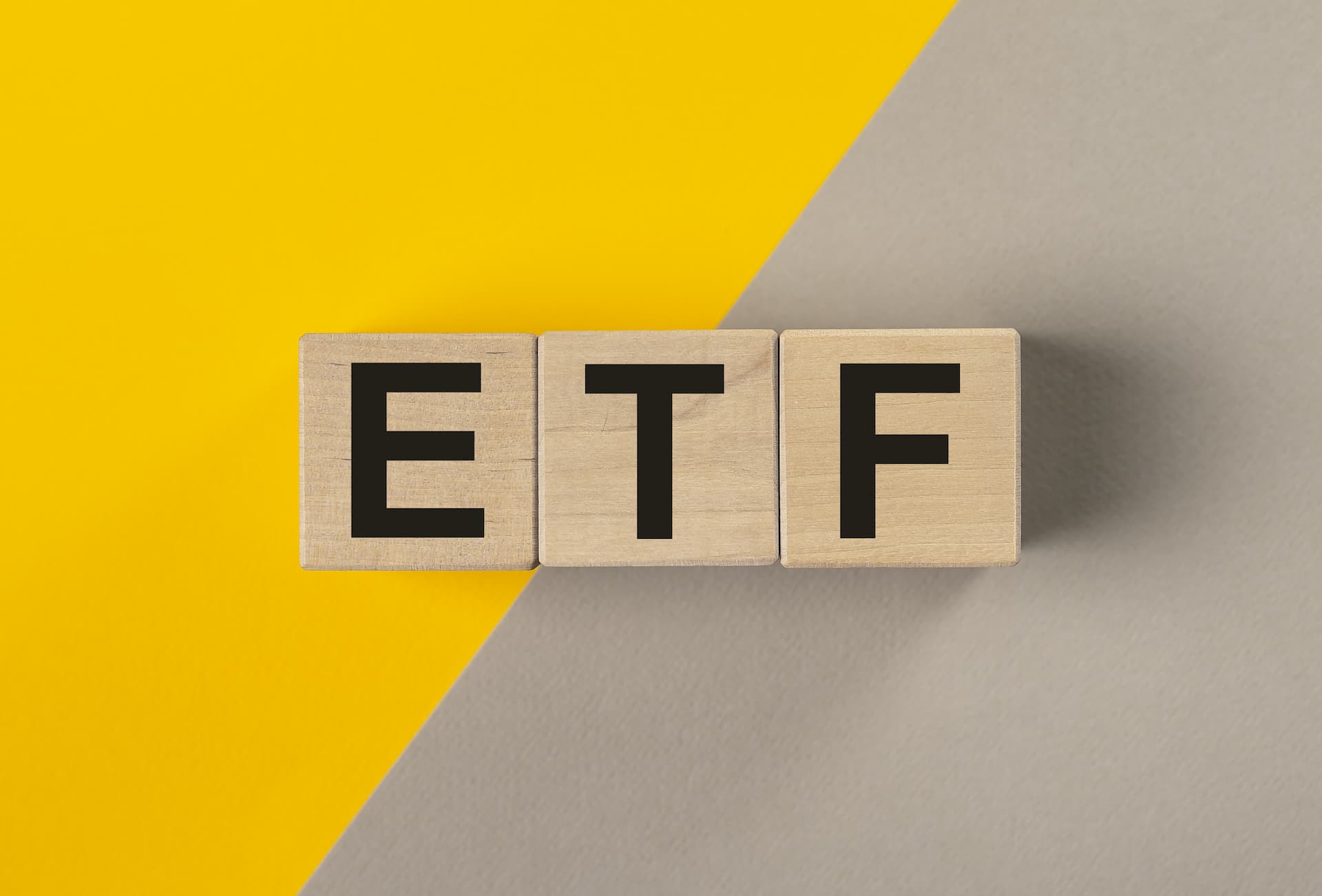What are ETFs (Exchange-Traded Funds)? | Benefits, Types, and Investment Strategies
Learn about ETFs (Exchange-Traded Funds), their types, benefits, and investment strategies. Explore ETF options at 24markets.com for informed investment decisions.

Exchange-Traded Funds (ETFs) are investment funds that trade on stock exchanges, similar to individual stocks. They offer investors a way to buy shares in a diversified portfolio of assets, which can include stocks, bonds, commodities, or a mix of these. ETFs are designed to track the performance of a specific index, sector, or asset class, providing a flexible and cost-effective investment option.
1. Structure of ETFs
Investment Portfolio
ETFs hold a collection of underlying assets, which can vary widely depending on the fund’s focus. Common underlying assets include equities (stocks), fixed-income securities (bonds), commodities (like gold or oil), or other investment vehicles. The aim is to replicate the performance of a specific index or benchmark. For example, an ETF might track the S&P 500, providing exposure to the 500 largest publicly traded companies in the U.S. For more on ETF portfolios, check out the Account Types page.
Creation and Redemption Process
The creation and redemption process is unique to ETFs and helps maintain their price close to the Net Asset Value (NAV). Authorized Participants (APs), usually large financial institutions, can create new ETF shares by exchanging a basket of the underlying assets with the ETF issuer. Conversely, APs can redeem ETF shares by returning them to the issuer in exchange for the underlying assets. This mechanism helps ensure that the ETF’s market price closely reflects its NAV. For a deeper understanding of this process, visit the Margin and Leverage page.
2. Types of ETFs
Equity ETFs
Equity ETFs invest primarily in stocks and aim to replicate the performance of a specific index or sector. They offer broad market exposure and can track major indices like the S&P 500 or the Nasdaq-100, or focus on specific sectors such as technology or healthcare. These ETFs provide a convenient way for investors to gain exposure to a wide range of companies without having to buy individual stocks. For more information on equity ETFs, visit the Trading Tools section.
Bond ETFs
Bond ETFs invest in fixed-income securities, including government and corporate bonds. They offer a way to gain exposure to bond markets while benefiting from the liquidity and flexibility of ETFs. Bond ETFs can provide regular income and are generally less volatile than equity ETFs, making them suitable for conservative investors seeking stability. For details on bond ETFs, see the Forex page.
Commodity ETFs
Commodity ETFs invest in physical commodities or commodity futures contracts. They allow investors to gain exposure to assets such as gold, oil, or agricultural products. Commodity ETFs can serve as a hedge against inflation and provide diversification beyond traditional equity and bond investments. For more on commodity ETFs, visit the Trading Basics page.
Sector and Thematic ETFs
Sector and thematic ETFs focus on specific sectors or investment themes, such as renewable energy, technology, or healthcare innovation. These ETFs target particular market trends or emerging opportunities, allowing investors to capitalize on specialized areas of growth. For information on sector-based ETFs, check out the Trading Tools section.
3. How ETFs Trade
Stock Exchange Listing
ETFs are listed and traded on major stock exchanges, such as the NYSE or NASDAQ. This trading structure allows investors to buy and sell ETF shares throughout the trading day at market prices. The flexibility to trade ETFs like stocks provides liquidity and the ability to respond to market movements quickly. For insights into ETF trading strategies, visit the Forex page.
Market Price vs. NAV
The market price of an ETF can fluctuate during trading hours based on supply and demand, while the Net Asset Value (NAV) represents the total value of the underlying assets divided by the number of outstanding shares. The creation and redemption mechanism helps keep the ETF’s market price aligned with its NAV, though deviations can occur. Understanding this relationship is essential for effective ETF trading. For more information on NAV and its impact, see the Trading Tools section.
4. Benefits of ETFs
Diversification
ETFs provide instant diversification by holding a variety of assets within a single fund. This diversification helps spread investment risk and can lead to more stable returns over time. For example, an ETF tracking the S&P 500 offers exposure to 500 of the largest U.S. companies, reducing the risk associated with investing in individual stocks. For more on diversification benefits, visit the Account Types page.
Cost Efficiency
ETFs typically have lower expense ratios compared to mutual funds due to their passive management approach. Lower management fees and trading costs make ETFs an attractive option for cost-conscious investors. The cost efficiency of ETFs can enhance overall investment returns by reducing expenses. For details on cost efficiency, check out the Trading Basics page.
Liquidity and Flexibility
ETFs offer high liquidity and the flexibility to trade throughout the day, similar to stocks. This liquidity allows investors to enter and exit positions easily, while the flexibility supports various trading strategies, from long-term investing to short-term trading. For more on liquidity and flexibility, see the Trading Tools section.
5. How to Get Started with ETFs
Choosing the Right ETF
Start by selecting ETFs that align with your investment goals, risk tolerance, and interests. Research the fund’s underlying index, expense ratio, and historical performance. Choose ETFs that fit your investment strategy, whether you’re seeking broad market exposure, sector-specific investments, or thematic opportunities. For guidance on selecting ETFs, visit the FAQs page.
Opening a Brokerage Account
To invest in ETFs, you need a brokerage account. Choose a reputable broker that offers access to a broad range of ETFs, competitive fees, and a user-friendly trading platform. Ensure the broker provides good customer service and meets your trading needs. For more on setting up a brokerage account, see the Why 24markets.com page.
Placing ETF Trades
Once your account is set up, you can place trades for ETFs using limit or market orders. Monitor your ETF investments and adjust your strategy as needed. Utilize trading tools and resources provided by your broker to enhance your trading decisions. For details on placing trades, visit the Trading Tools section.
Conclusion
ETFs offer a versatile and cost-effective way to diversify your investment portfolio across various asset classes and sectors. By understanding how ETFs work, their types, and their benefits, you can make informed decisions and optimize your investment strategy. For additional information and resources on ETFs, visit 24markets.com and explore sections such as Trading Tools, Forex, and Account Types.
TAGS
Latest Education Articles
Show more
Earnings Reports and Equity CFDs

Trend vs. Range Strategies

Trading Breakouts vs. Pullbacks

Hedging Basics for Intermediate Traders
Take your trading to the next level.
Join the broker built for global success in just 3 easy steps. A seamless experience built for traders who value speed and simplicity.

Create Your Account

Make Your First deposit
